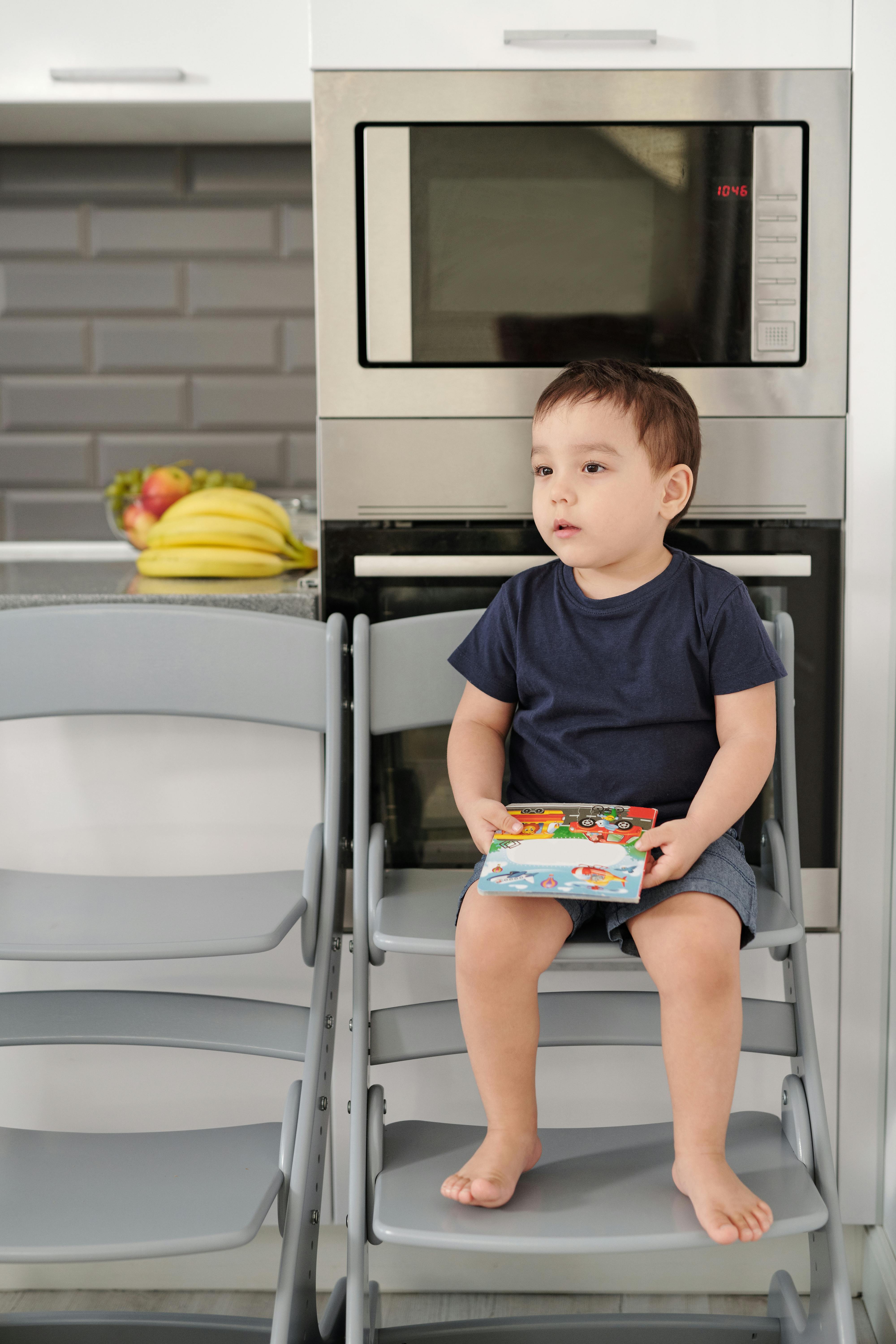Effective Ways to Optimize Your Hamster Tank for 2025
Creating a suitable environment for your hamster is crucial for their health and happiness. An optimized hamster tank not only enhances their overall well-being but also enriches their daily activities. A well-designed hamster habitat caters to their unique needs in terms of space, materials, and accessories. With the advancements in hamster care practices and tank designs, there are several effective ways to ensure your furry friend is thriving in 2025. This article will guide you through the essentials of hamster tank optimization, including design tips, necessary supplies, and best practices for maintaining a safe environment for your pet.
From choosing the right hamster tank size to integrating appropriate accessories and bedding, each aspect plays a significant role in creating a lively habitat. Understanding hamster behavior and requirements allows owners to make informed decisions when setting up or upgrading their hamster's living space. Throughout this article, we'll explore the best hamster tank features, provide helpful hamster habitat tips, and highlight the importance of maintaining a clean and engaging environment.
Key takeaways include how to choose hamster-friendly materials, understanding the ideal tank layout, and discovering enriching accessories that promote hamster health and happiness. Let's dive into the essentials of hamster tank optimization.
Choosing the Best Hamster Tank Size
One of the primary considerations in optimizing your hamster tank is selecting the appropriate size. Both dwarf and Syrian hamsters have specific space requirements that affect their well-being and activity levels.
Ideal Tank Sizes for Different Hamster Breeds
Dwarf hamsters typically require a minimum tank size of 24 inches long by 12 inches wide, while Syrian hamsters thrive in tanks that measure at least 36 inches long by 18 inches wide. These dimensions ensure they have enough room to explore, exercise, and create their own territory. Proper tank size promotes mental stimulation and reduces stress.
Tank Layout Considerations
When designing your hamster tank layout, ensure that the space is optimized for both play and rest. Incorporating levels with platforms or multi-tier setups can provide additional vertical space for climbing and exploring. Platforms should be stable and equipped with ramps or ladders to create safe access points.
Understanding Hamster Tank Enrichment Needs
Alongside size, your hamster tank should include various enrichment items that promote natural behaviors. This includes tunnels, hiding spots, and toys that encourage digging and foraging. Decorating your tank with natural elements, like safe, hamster-friendly plants, can further enhance their habitat.
In summary, the proper tank size and an engaging layout significantly impact your hamster's well-being. Moving forward, let's explore the essential supplies and accessories that will make your tank environment more comfortable.
Essential Hamster Supplies for Tank Optimization
Once you've established the right tank size and layout, the next step involves choosing the right hamster supplies. These items are essential for ensuring your pet's health, happiness, and safety.
Hamster Bedding Options
Using the right hamster bedding is crucial. Opt for bedding made from natural fibers such as aspen shavings, paper-based products, or coconut coir. Avoid cedar or pine shavings, as they can be harmful to your pet's respiratory health. Your hamster will appreciate a deep layer of bedding for burrowing and nesting, mimicking their natural habitat.
Hamster Food and Nutritional Requirements
Providing a balanced diet is essential for a healthy hamster. A mix of high-quality pellet food, fresh vegetables, and occasional treats will ensure they receive a well-rounded diet. Always consult a vet for specific dietary recommendations based on your hamster's breed, age, and health status.
Fun and Engaging Hamster Toys
Incorporating various hamster toys into the tank can promote physical exercise and mental stimulation. Items such as chews, tunnels, exercise wheels, and climbing structures keep your hamster active and happy. Look for toys made from safe materials and avoid anything with small parts that could pose a choking hazard.
With the essential supplies in place, it’s time to discuss the importance of maintaining a clean living environment, which is vital for your hamster’s health.
Keeping Your Hamster Tank Clean and Safe
Regular cleaning of your hamster tank is a fundamental aspect of hamster care that cannot be overlooked. A clean habitat ensures your pet remains healthy and reduces the risk of disease. Let's dive into practical cleaning strategies and tips.
Cleaning Hamster Tank Surfaces and Accessories
To maintain hygiene, clean the tank surfaces and accessories at least once a week. Use warm water and a safe disinfectant to scrub down the tank, ensuring all remnants of food, waste, or bedding are removed. Pay special attention to the corners where bacteria often accumulate.
Identifying Signs of Stress or Health Issues
Observing your hamster’s behavior can also give insights into their health. Signs of stress, such as excessive hiding, aggression, or lethargy, may indicate that the tank environment is not suitable. Addressing these issues swiftly is crucial in promoting a healthy habitat.
Frequency of Hamster Tank Cleaning
Establishing a cleaning routine helps maintain a pleasant living environment. Spot clean daily to remove any droppings or uneaten food, and replace bedding as needed to ensure your hamster has a fresh space. A full tank cleaning should occur every two weeks to maintain optimal hygiene.
Having discussed the importance of tank cleanliness, we now shift focus to hamster tank decorations, which also contribute to their overall happiness.
Enhancing Your Hamster Habitat with Decorations
Adding decorations to your hamster tank can help create an engaging and stimulating environment that mimics their natural habitat. Let's look at some best practices in hamster tank decoration.
Creating a Natural-Looking Hamster Environment
Opt for decorations that resemble elements of a hamster’s natural habitat. This can include safe wooden hides, natural grass mats, or even DIY decorations using cardboard or untreated wood. Avoid synthetic materials that may harm your hamster’s health.
Incorporating Hamster-Friendly Plants
Adding live plants such as spider plants or wheatgrass can enhance oxygen levels while creating a pleasant visual aesthetic. Ensure that any plants chosen are non-toxic to hamsters and do not pose a choking hazard.
Exploring Different Tank Decoration Trends
Keep an eye on decoration trends that serve both functional and aesthetic purposes. Multi-functional structures that provide climbing surfaces while also serving as play areas can help optimize the habitat. Regularly updating the decorations also prevents boredom and encourages exploration.
As we enhance the tank's environment, let's delve into specific hamster habitat design tips that can promote exercise and well-being.
Important Hamster Habitat Design Tips
The design of your hamster habitat can have a significant impact on their physical and mental fitness. Here are some crucial design principles to consider when optimizing your hamster tank.
Maximizing Vertical Space in Your Hamster Tank
Using vertical space in your hamster tank increases the available area for exploration and play. Platforms, ladders, and shelves can help create multi-level setups that fulfill your hamster's climbing instincts. Providing different heights promotes natural behavior and helps prevent boredom.
Including Exercise Opportunities
Incorporating elements for exercise, such as a hamster wheel, will promote an active lifestyle. Ensure the wheel is appropriately sized for your hamster's breed, as this will encourage regular use and help maintain their physical health.
Creating Homely Spaces within the Tank
Your hamster will benefit from various cozy hiding spots that make them feel safe and secure. Items such as igloos, tunnels, and cardboard boxes provide ideal comfort zones. Arrange these spaces thoughtfully to make your hamster feel safe while still allowing accessibility to other areas of the tank.
With design elements in place, let’s now cover practical tips on hamster tank maintenance to keep that ideal habitat thriving.
Important Maintenance Tips for Your Hamster Tank
Proper maintenance of your hamster tank is essential for a healthy and stress-free habitat. Let's go over practical tips to ensure your tank remains an ideal living environment.
Regular Water Changes
Ensure your hamster has access to fresh water daily. Change the water in their bowl to prevent contamination, and consider investing in a water bottle with a sippy tube to minimize spills.
Monitoring Temperature and Humidity Levels
Hamsters thrive in a stable environment. Monitor the temperature, keeping it between 65°F to 75°F. Additionally, maintain low humidity levels to prevent respiratory issues. Use a thermometer and hygrometer to keep an eye on these conditions.
Engaging in Continuous Observation
Observation is critical in hamster care. By monitoring your hamster's behavior regularly, you can quickly identify any changes in their health or happiness. This vigilance allows you to troubleshoot and adjust their environment as needed, ensuring a positive habitat experience.

Q&A: Common Hamster Tank Questions
What is the best hamster tank size for my pet?
The ideal tank size varies depending on your hamster breed. Dwarf hamsters need at least 24 inches long and 12 inches wide, while Syrian hamsters require a minimum of 36 inches long by 18 inches wide.
How often should I clean my hamster tank?
Spot clean daily and perform a full clean bi-weekly to maintain a healthy habitat for your hamster.
What type of bedding is best for hamsters?
Natural fiber bedding materials such as aspen shavings or paper-based products are recommended. Avoid cedar or pine shavings.
Should I use a water bottle or bowl for my hamster?
Both options can work, but a water bottle with a sippy tube is typically cleaner and helps to prevent spills.
How can I ensure my hamster stays active?
Include exercise wheels, tunnels, and climbing structures to promote activity and prevent boredom within the tank.
Wrapping Up: Creating an Engaging Hamster Habitat
Optimizing your hamster tank for 2025 involves careful consideration of size, supplies, decoration, and maintenance. By attending to your hamster's needs and habits, you can create a safe, stimulating environment that enhances their quality of life.
Remember, a clean and engaging habitat is essential for your pet's happiness and health. Continuing to educate yourself about hamster care allows for better decision-making, ultimately leading to a fulfilling pet ownership experience. Happy hamster keeping!

